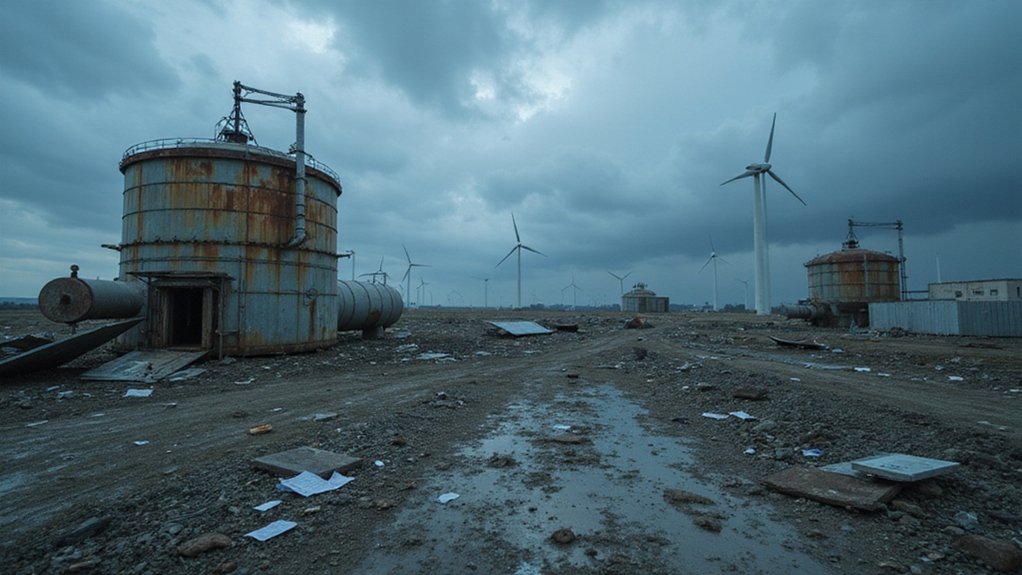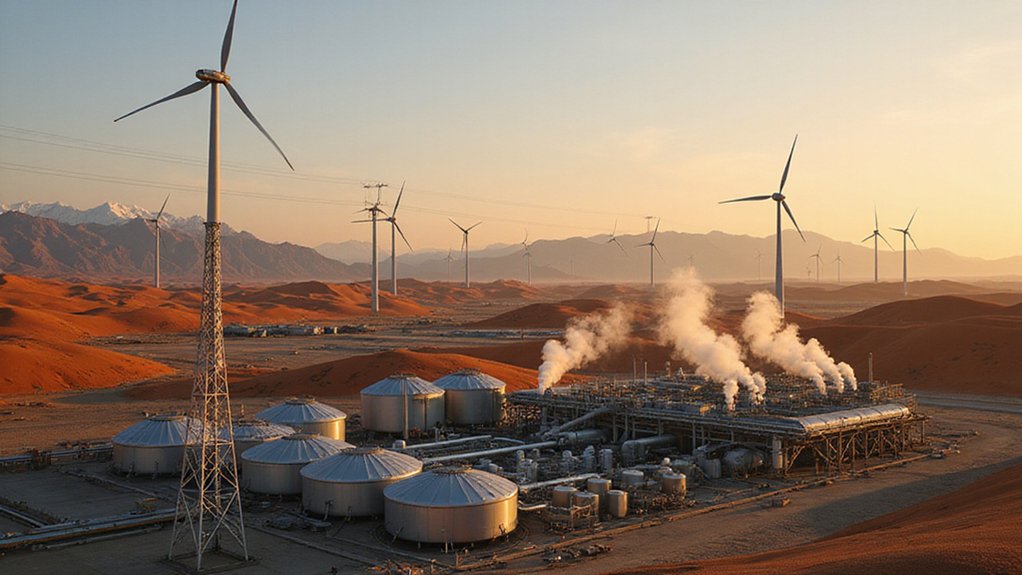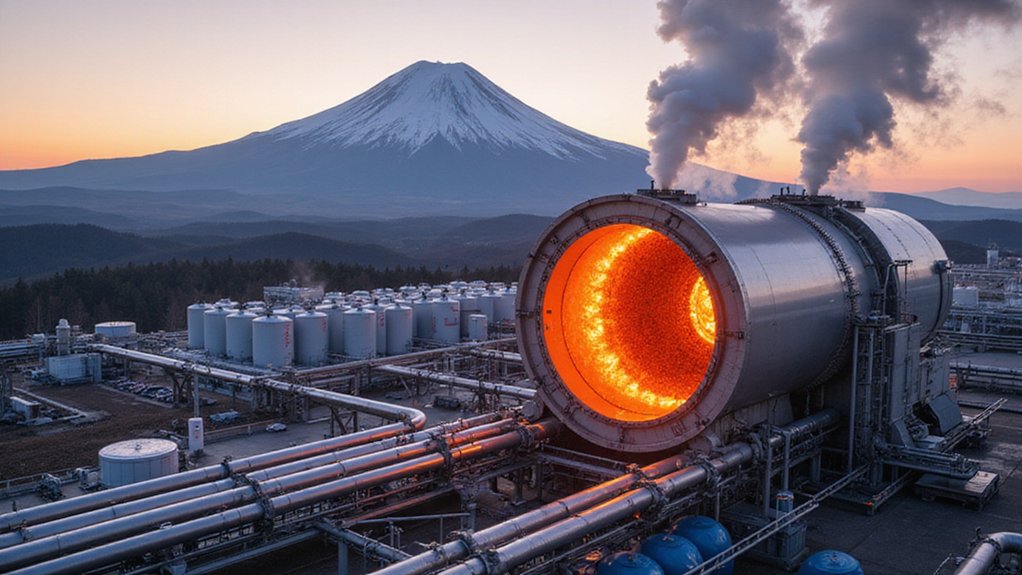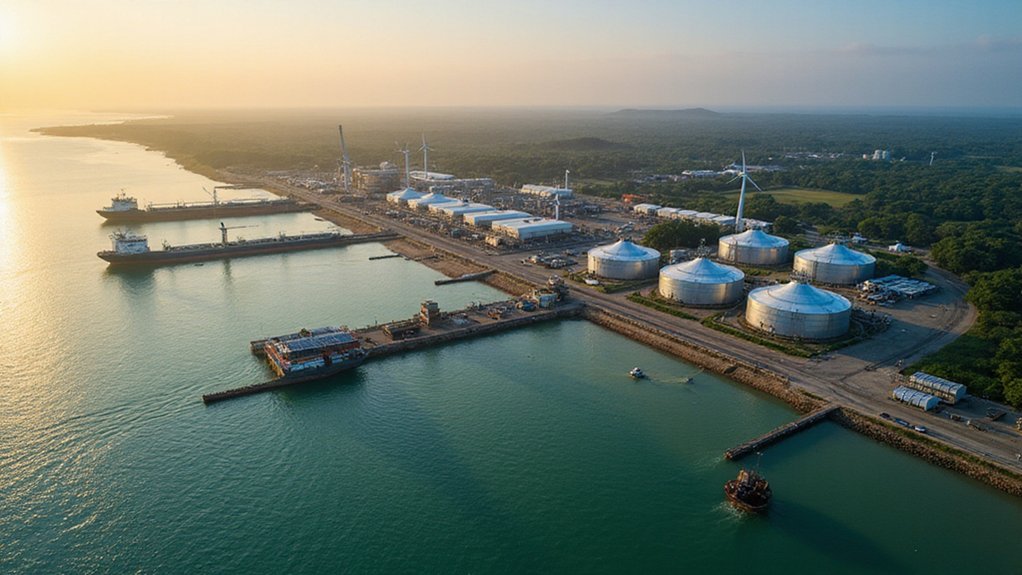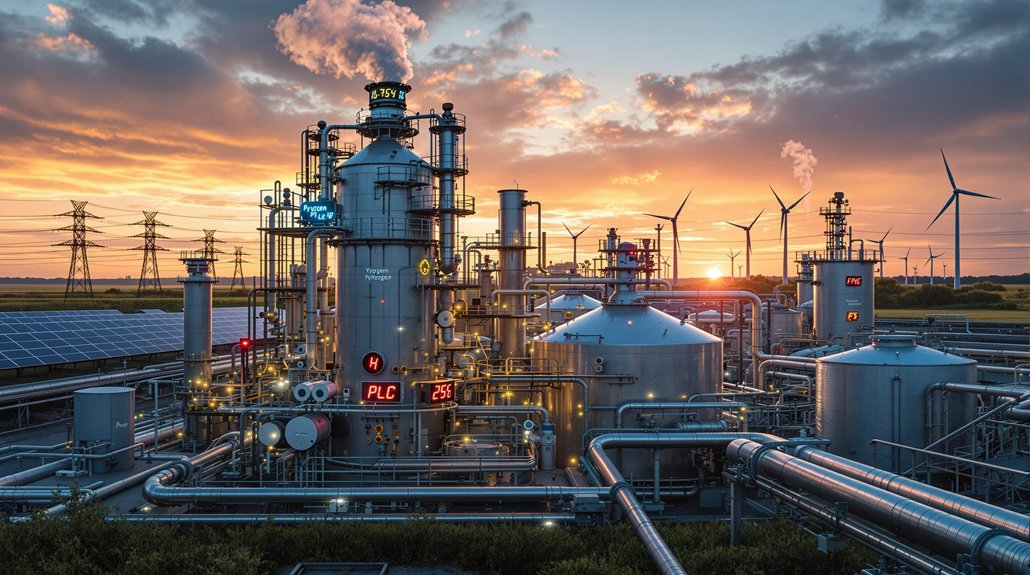Where did all the green hydrogen hype go? Just months ago, investors couldn’t throw money fast enough at the “fuel of the future.” Now those dreams are evaporating faster than hydrogen itself. The collapse has been swift and brutal. Billions in investments? Gone. Megaprojects? Canceled. The green transformation’s poster child has fallen flat on its face.
The green hydrogen dream collapsed like a house of cards when government subsidies dried up.
The numbers don’t lie. When the US government yanked its subsidies and shortened the 45V hydrogen tax credit by five years, the house of cards began tumbling. Senate proposals threatening to end a decade of clean energy credits were just the final nail.
Funny how quickly “transformative technology” becomes “financially unviable” when the government stops writing checks.
Major players are fleeing the scene. BP abandoned its blue hydrogen plans at Whiting. Cleveland-Cliffs ditched a $500 million steel facility. Even ExxonMobil walked away from its $330 million Baytown hydrogen plant.
One-fifth of hydrogen firms have either gone bankrupt or pivoted to something—anything—else. Turns out investors prefer actual profits to environmental promises.
The technology itself isn’t ready for prime time either. Grid bottlenecks, expensive renewable electricity, and China’s dominance in electrolyzer manufacturing created a perfect storm. The sector is experiencing serious macroeconomic turbulence that has diminished corporate enthusiasm for ambitious projects.
All those glossy presentations about gigawatts of wind-powered electrolyzers conveniently ignored the pesky reality of technical hurdles.
Meanwhile, green hydrogen remains less than 1% of global hydrogen supply. One percent! After all the conferences, press releases, and funding announcements. The industry still pumps out 1,100–1,250 megatons of CO2 from fossil-fuel hydrogen production annually.
The collapse was inevitable. Green hydrogen’s business model was built on subsidies, not economics. When governments pulled back support, reality struck.
High capital costs, unproven technology at scale, and absent markets exposed the truth: the emperor had no clothes. The energy loss during electrolysis, which wastes 20-40% of input electricity, makes the economics even more challenging. A stark indicator of market weakness is that only 13% of contracts have secured firm off-takers, showing deep-seated confidence issues among potential buyers. The hydrogen bubble has officially burst.
References
- https://www.ainvest.com/news/green-hydrogen-slowdown-navigating-risks-opportunities-shifting-clean-energy-landscape-2507/
- https://cleantechnica.com/2025/07/07/hydrogens-brutal-month-billions-lost-as-mega-projects-collapse/
- https://www.canarymedia.com/articles/hydrogen/green-industry-trump-tax-credits
- https://energiesmedia.com/hydrogen-energy-in-2025-breaking-down-technical-barriers-and-market-opportunities/
- http://gh2.org/spring-2025-stocktake-difficult-times-green-hydrogen-economy-coming
